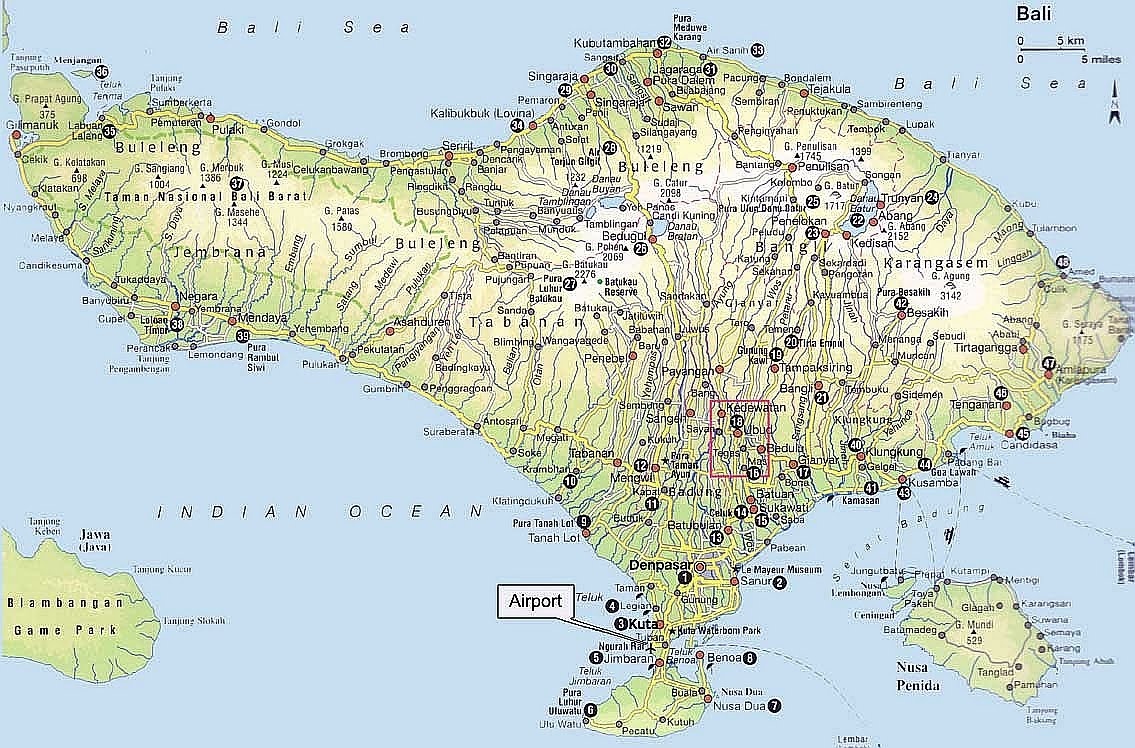Frangipani flowers transformed into hot commodity | The Jakarta Post
Frangipani flowers transformed into hot commodity
by Luh De Suriyani on 2012-11-28
Bali is home to tropical flowers and the Balinese people use a large variety of flowers for their daily offerings and home decorations.
Frangipani flowers are very often used in the banten, or religious offerings. In almost every house in Bali, people will plant various species of frangipani trees adorned with colorful flowers in various hues. But now, people also pick the flowers as a profitable commodity.
“In the past, we always let the frangipani flowers cover the yards. Nobody would be willing to take them. People always viewed the flowers as God’s blessing on Balinese soil. The flowers made Bali’s land more beautiful and their fragrance is so divine,” said Ni Ketut Srimin.
Nowadays, frangipani flowers are one of the most sought after items and their price has rocketed on domestic and international markets.
Meet Rudi Suharto, a frangipani wholesaler in Bali. Suharto stocks tons of dried frangipani flowers in his warehouses in Bali. “The dried flowers will be shipped to China to be used in a herbal tea called Liang Tea,” he said, while walking around his warehouse in Gianyar regency.
The herbal tea had great medicinal potency, he said, curing many diseases, including high fever, coughs, constipation and other sicknesses.
In other areas, frangipani flowers are used as the raw material for spa and cosmetic products, incense sticks, fragrant candles, perfumes, essential oils and mosquito repellants. “The price of frangipani flowers is now set at Rp 150,000 [US$15.62 per kilogram, far higher than the price of cloves, vanilla and even coffee,” Suharto said.
He obtained dried frangipani flowers from local villagers who collected flowers from wherever they could find them.
“It is no wonder that people hardly see frangipani flowers scattered across the streets or in the yards like we used to. Everybody is collecting them and selling the flowers to people like me,” Suharto said.
He admitted that he employed hundreds of frangipani flower collectors.
“The export quality consists of really dried frangipani flowers with a water content of no more than 10 percent. I export at least 40 tons of frangipani flowers through Surabaya to various destinations,” he said. Bali and Lombok are the major frangipani producers. China, he said, used to
import frangipani from Hawaii and Australia.
In the past, the price of frangipani flowers was only Rp 30,000 per kilogram. “Now, the price is so high. The flowers have become an export premium for Bali,” he said.
Ni Nyoman Sumiati, one of the flower pickers, said she roamed the streets and housing complexes every day to pick the flowers. “Many times, we [the pickers] are trying to get as many flowers as possible and it can lead to us bickering with each other,” she said.
Every day, she collected at least 0.2 to 2 kilograms of flowers. “Collecting flowers has supported my family,” she said
skip to main
|
skip to left sidebar
skip to right sidebar
Black as the devil, Hot as hell, Pure as an angel, Sweet as love.
Travel to Indonesia
Contact Our Team:
Raja Kelana Adventures Indonesia
Raja Kelana Adventures Indonesia
Email: putrantos2022@gmail.com
Facebook Messenger: https://www.facebook.com/putranto.sangkoyo
Our Partner
Blog Archive
-
▼
2012
(11)
-
▼
December
(11)
- 2012 Coffee Semi-annual Indonesia
- World's most expensive coffee tainted by 'horrific...
- This case study shows that press was a key element...
- History of Coffee Advertising
- Bianca Beatrice Darmawan: Winning for herself and ...
- 'Dangerous Grounds': Borneo by Sue Richter Novemb...
- Peruvian coffee growers harvest dung for golden pr...
- Asia Coffee-Indonesia premiums at 6-mth high; trad...
- Global coffee exports up 17% in Oct
- Frangipani flowers transformed into hot commodity ...
- PAPUA ARABICA COFFEE
-
▼
December
(11)







